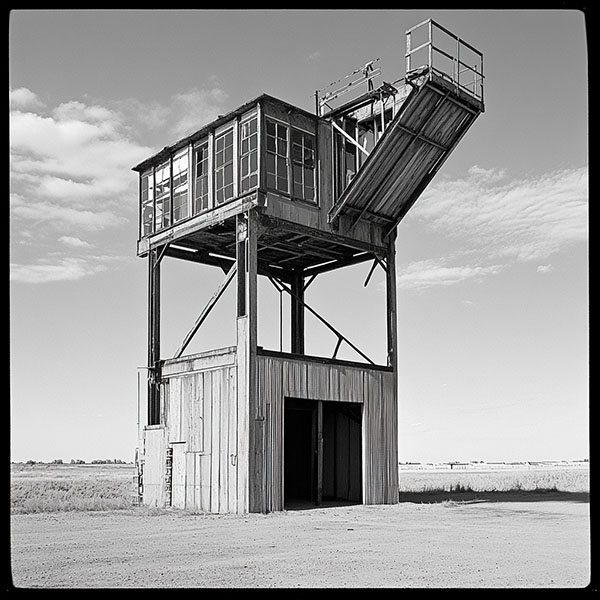Blurring the Lines Between the Real and the Imagined
Photography has always been a medium that straddles the line between reality and illusion. Since its invention in the 19th century, photographers have sought to capture the world as it is while also exploring ways to manipulate and reinterpret it. Today, with advancements in digital technology, virtual reality (VR) in photography is redefining how we perceive images, creating immersive experiences that challenge traditional boundaries.
A Historical Perspective: Photography as Reality and Illusion
When photography first emerged in the 1830s with pioneers like Louis Daguerre and Henry Fox Talbot, it was hailed as a revolutionary tool for documenting reality. The daguerreotype was considered an almost magical representation of the world, capturing details with unprecedented accuracy. However, it wasn’t long before photographers began experimenting with the medium’s artistic potential.
In the early 20th century, Surrealist photographers such as Man Ray and Maurice Tabard used techniques like solarization and photomontage to create dreamlike compositions. Their work demonstrated that photography could move beyond mere representation into the realm of imagination and abstraction. This tradition continued with digital photography and Photoshop, further expanding the possibilities of photographic illusion.
The Rise of Virtual Reality Photography
The 21st century has brought an entirely new dimension to photography: virtual reality. Unlike traditional photography, which captures a single perspective, VR photography immerses the viewer in a 360-degree environment, allowing them to experience the image as if they were physically present. This transformation has been made possible through technologies like 3D modeling, photogrammetry, and AI-generated imagery.
Photographers such as Chris Milk have pioneered VR storytelling, using immersive photography to create powerful emotional experiences. His project “Clouds Over Sidra” (2015), a VR documentary about a Syrian refugee, demonstrated how virtual reality can evoke empathy by placing the viewer inside another person’s world. Similarly, Google’s VR platform has enabled users to explore famous landmarks through high-resolution 360-degree imagery, changing how we engage with places we may never visit in person.
Virtual Dreamscapes: The Intersection of VR and Art
Beyond documentary and commercial uses, virtual reality photography is opening up new artistic possibilities. Some contemporary photographers merge VR with surrealism, crafting digital dreamscapes that defy the constraints of physical reality. Artists like Erik Johansson use advanced compositing techniques to construct impossible landscapes, reminiscent of the surrealist tradition but now enhanced with digital tools.
At the same time, AI-generated photography, such as the works of Mario Klingemann, challenges our understanding of authorship and creativity. These images exist in a space between human vision and machine interpretation, further blurring the boundaries between reality and fiction.
The Future of Photography in a Virtual World
As technology advances, the line between traditional photography and virtual imagery will continue to fade. Augmented reality (AR) and extended reality (XR) promise to further transform the photographic experience, allowing us to interact with images in ways we’ve never imagined. Will photography remain a reflection of reality, or will it become something entirely new—an art form where the real and the virtual coexist?
What is certain is that photography will continue to evolve, adapting to new tools and perspectives while challenging our understanding of what an image can be. Whether capturing the tangible world or constructing entirely new ones, the photographer’s role remains the same: to create meaning through light, composition, and vision—regardless of whether the world they capture is real or imagined.



